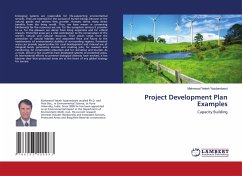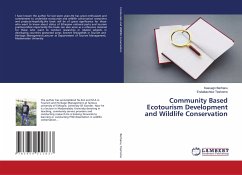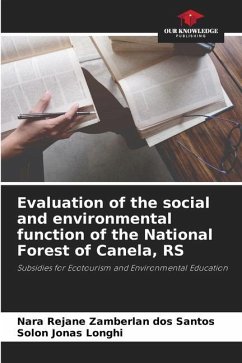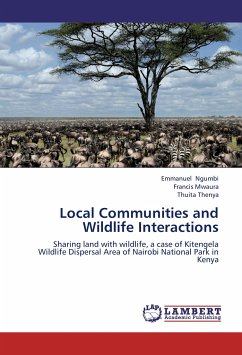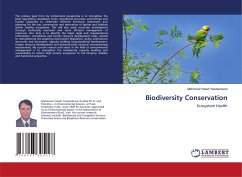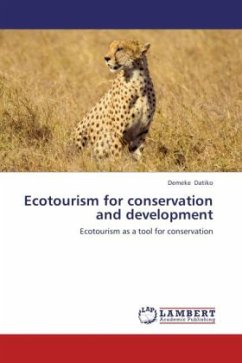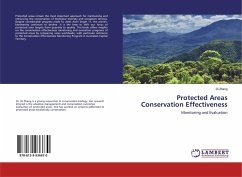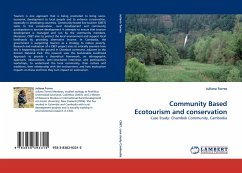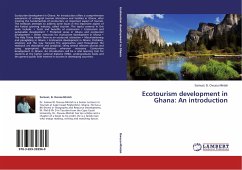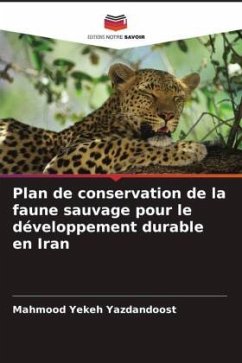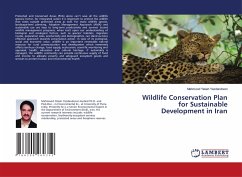
Wildlife Conservation Plan for Sustainable Development in Iran
Versandkostenfrei!
Versandfertig in 6-10 Tagen
27,99 €
inkl. MwSt.

PAYBACK Punkte
14 °P sammeln!
Protected and Conserved Areas (PCA) alone can't save all the wildlife species; hence, for integrated action it is important to protect the wildlife that exists outside protected areas as well. For many wildlife species, landscape-level planning, Adaptive Management Approach (AMA) and sustainable use are keys to long-term productivity and survival. Sound wildlife management programs, when built upon our understanding of biological and ecological factors, such as species' habitats, migration routes, population sizes, productivity and demographics, can stand as more effective approach towards con...
Protected and Conserved Areas (PCA) alone can't save all the wildlife species; hence, for integrated action it is important to protect the wildlife that exists outside protected areas as well. For many wildlife species, landscape-level planning, Adaptive Management Approach (AMA) and sustainable use are keys to long-term productivity and survival. Sound wildlife management programs, when built upon our understanding of biological and ecological factors, such as species' habitats, migration routes, population sizes, productivity and demographics, can stand as more effective approach towards conservation action. In view of its ecological, social and economic value, wildlife is an important renewable natural resource for rural communication and development which immensely affects land-use change, food supply, ecotourism, scientific monitoring and appraisal, health, education and cultural heritage. If sustainably is managed, the wildlife community can provide continuous supply of food and income to alleviate poverty and safeguard ecosystem goods and services to protect human and environmental health.



